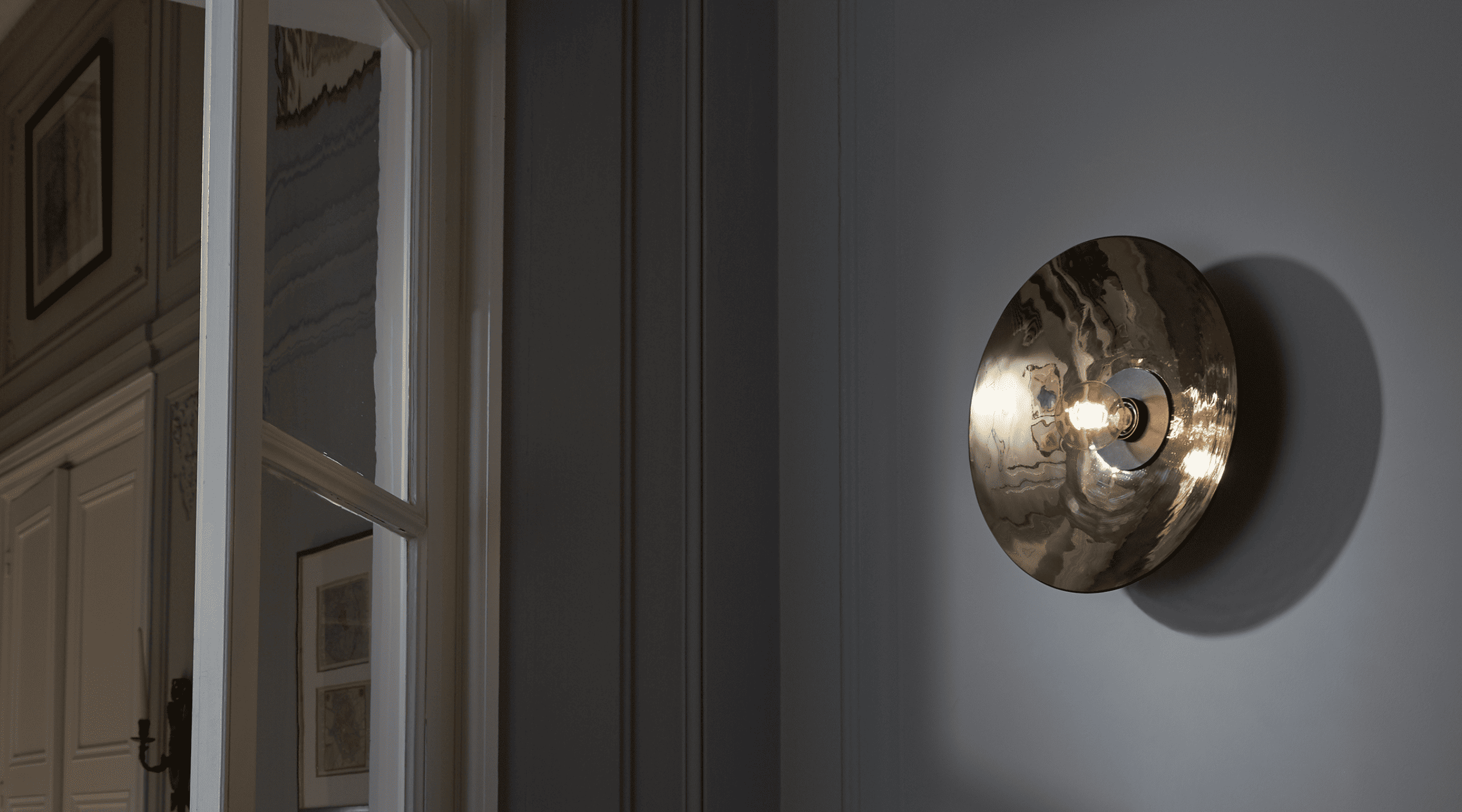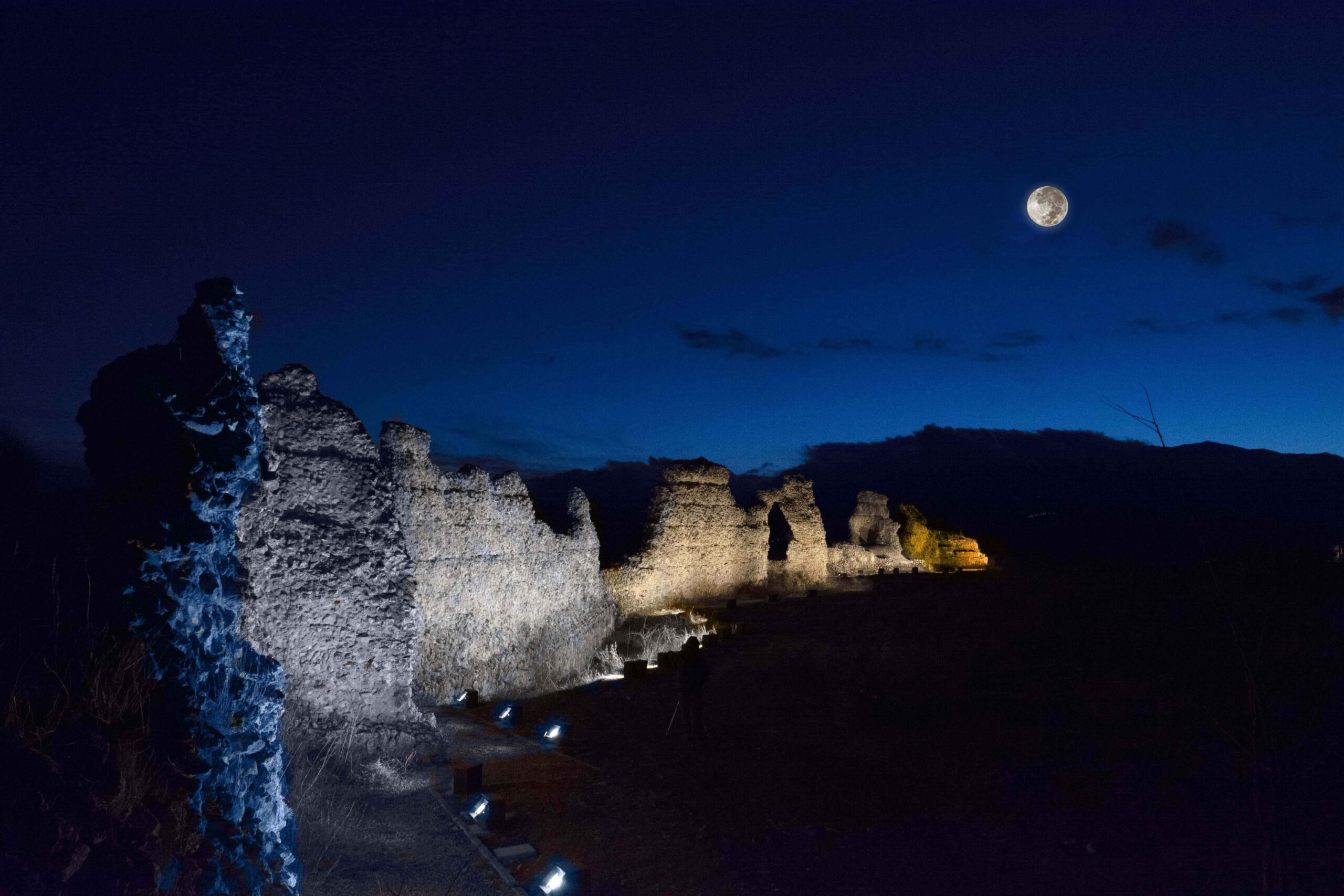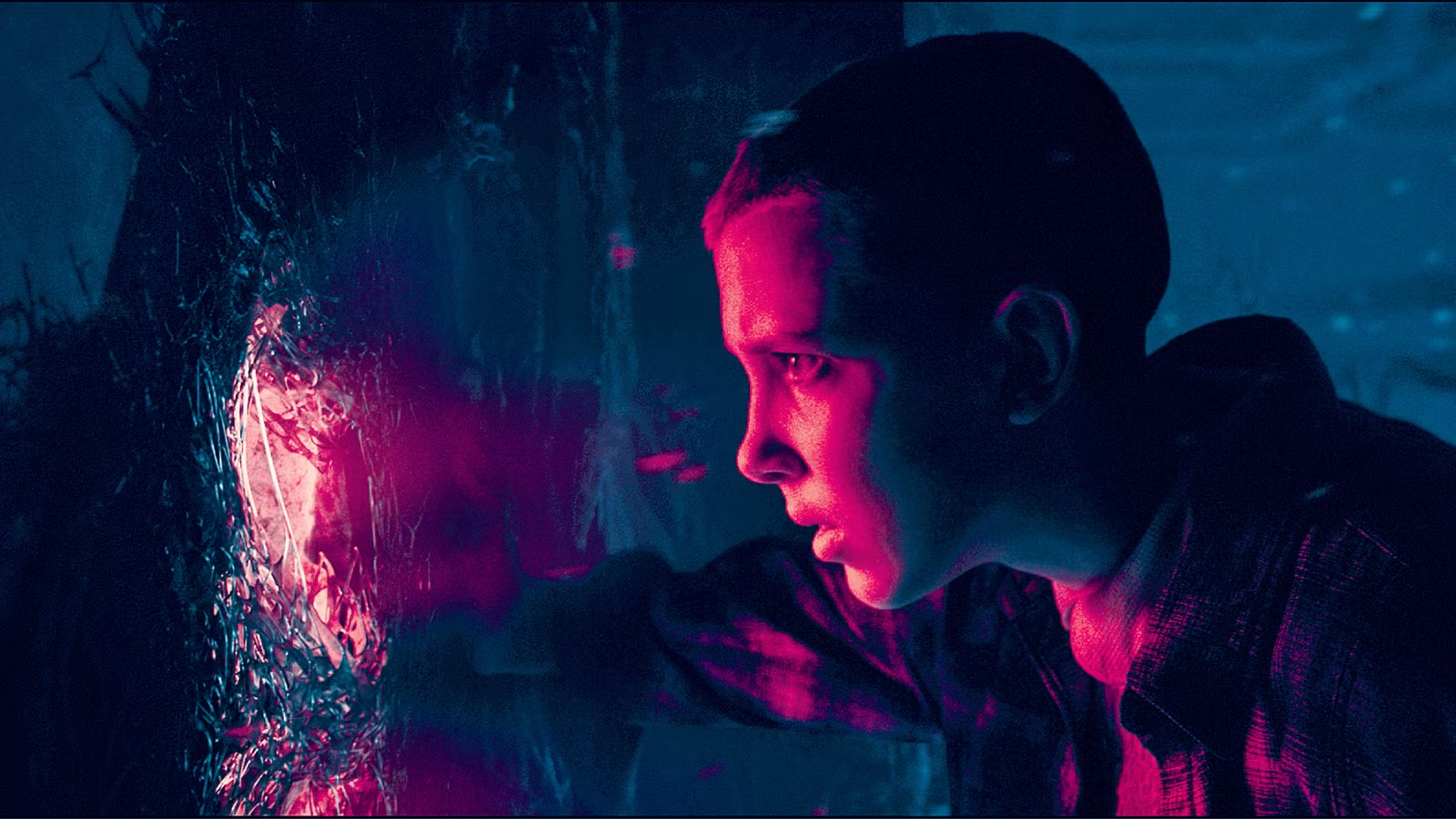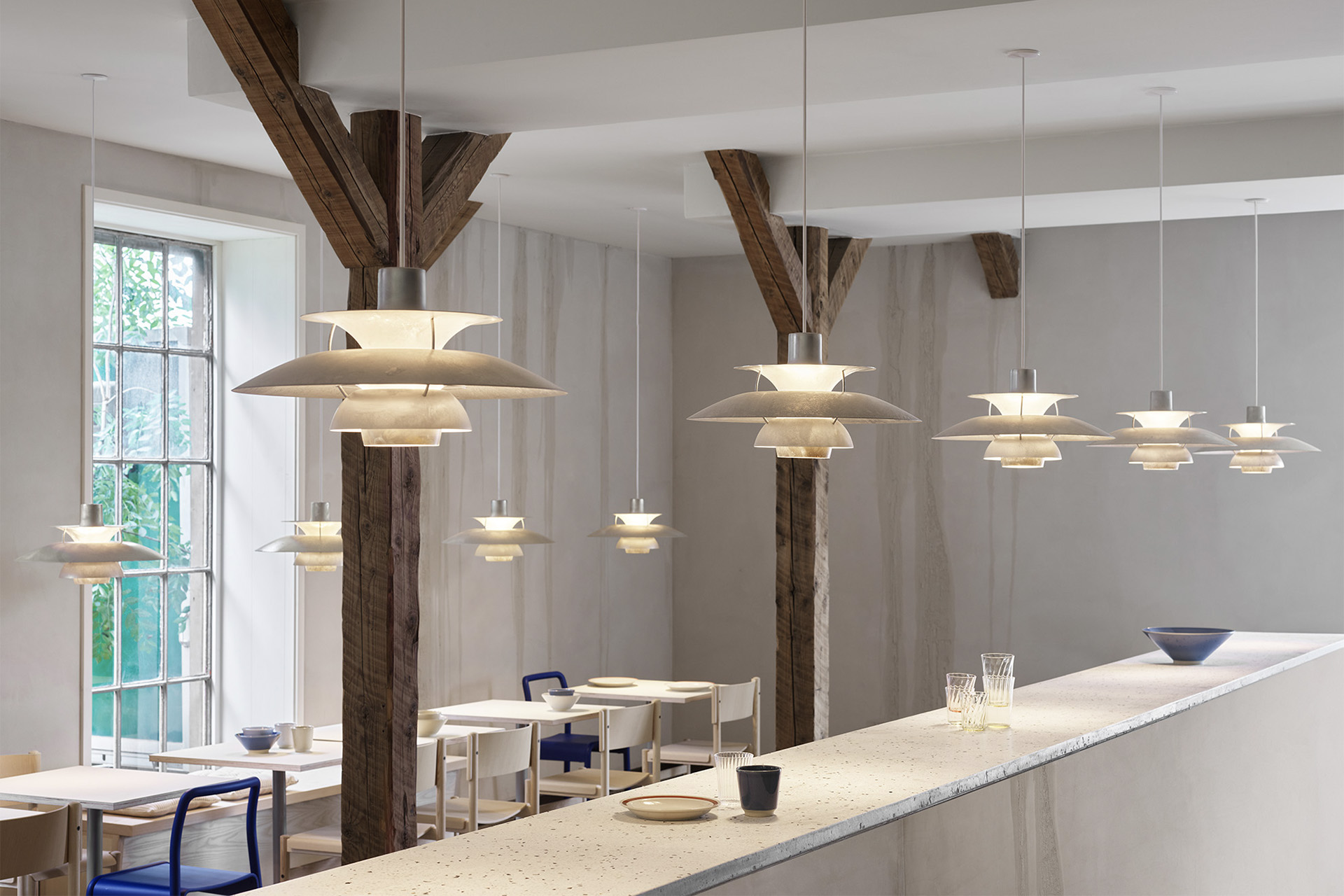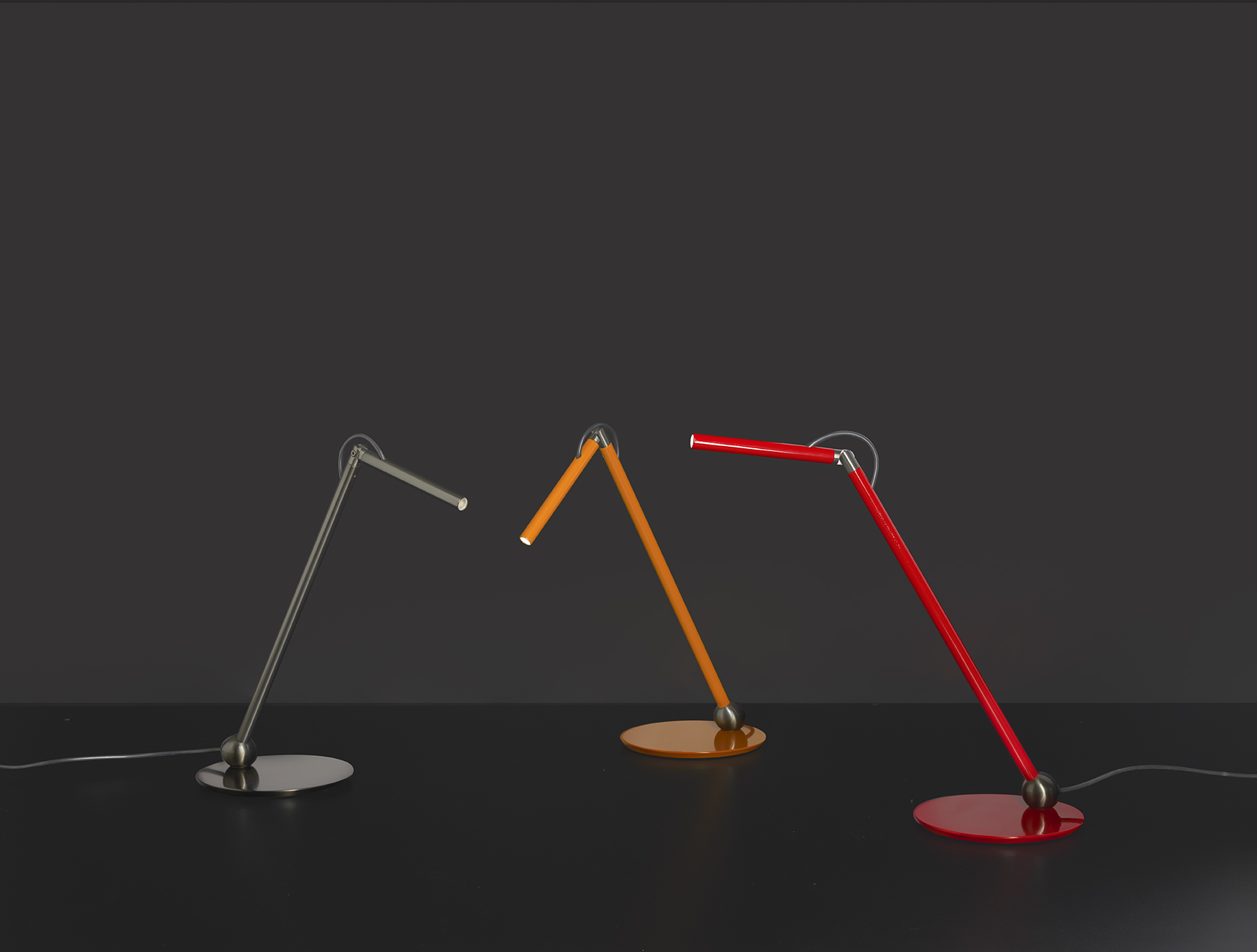Arturo Tedeschi speaks a clear and accessible language, using real-world examples to explain complex concepts, without ever trivializing the topic of AI.
On the contrary, he opens the eyes of the “average person” to the vast potential hidden under the broad umbrella of artificial intelligence, debunking myths and apocalyptic visions that imagine a future ruled by machines. Born in 1979 with a degree in architecture, Tedeschi took a nontraditional path, exploring design first through algorithms and machine learning, then through AI. His portfolio includes not only international publications and research but collaborations with architecture firms like Zaha Hadid Architects and Ross Lovegrove, as well as partnerships with automotive companies and fashion brands.
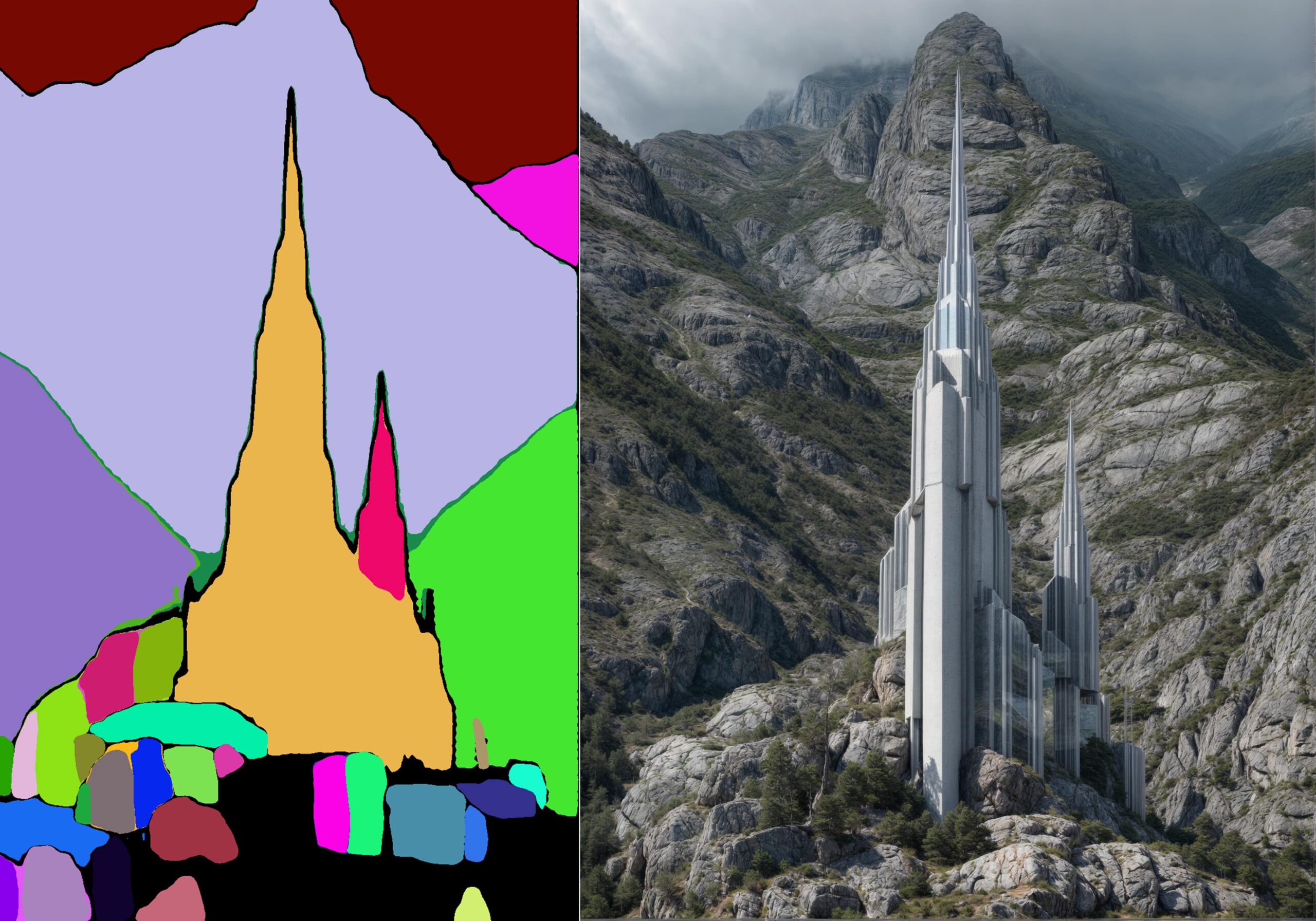
How did your journey begin, and how did you approach computational design and AI platforms?
«I graduated in architecture in 2004 and worked as a designer; after 4 or 5 years, I felt uninspired, so I started working with algorithms and computational design, looking for new ways to create complex shapes. I began experimenting with tools like Python and C Sharp, and alongside independent research, I published books to share what I was learning. That’s when my professional career took off—algorithm-making became my job, opening doors to architecture studios, the design industry, automotive, and fashion sectors.
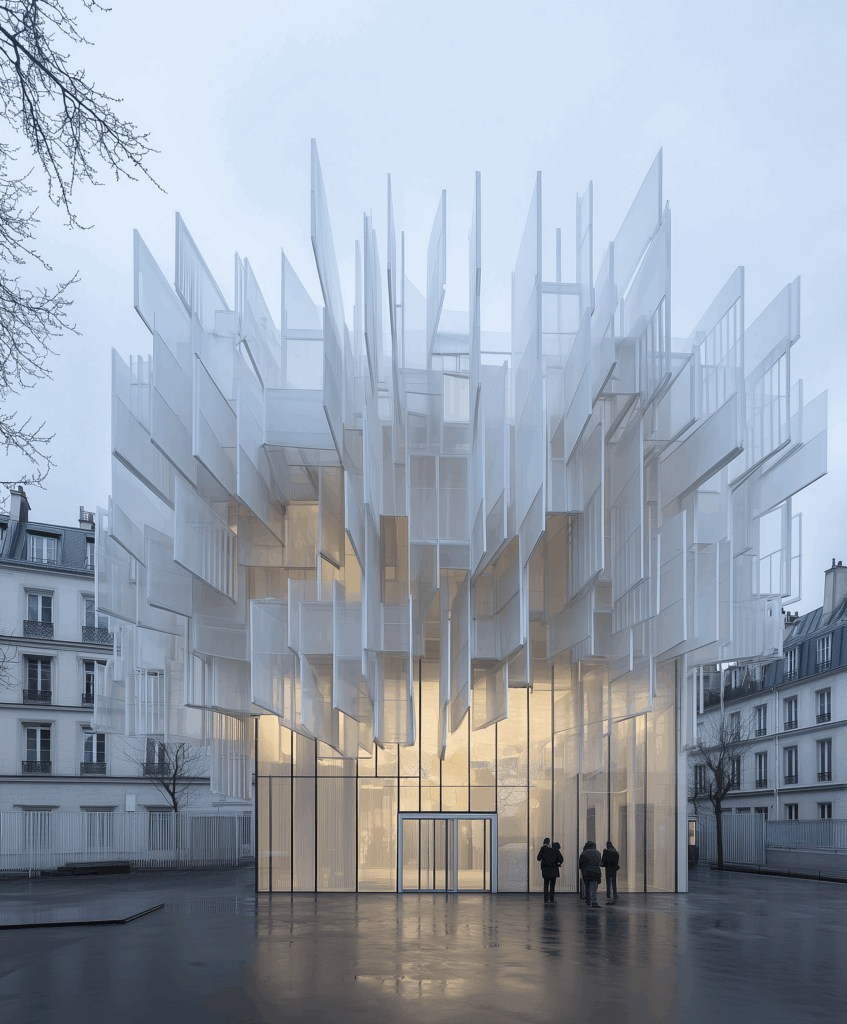
I first approached AI around 2017, using machine learning in algorithms. To solve certain problems, I moved beyond the classic “if–then” logic, training computers to automate tasks.
By the time AI exploded in 2022, I already knew that world—but it was fascinating to see how AI impacted creativity, especially since its original use cases were expected to be more scientific and rational».
Where is the line between human creativity and AI?
«Many approached Midjourney fearing that graphic designers and creatives would be out of work. But I don’t believe that’s possible. First, we need to clarify our terminology: under the term AI, we lump together countless systems and applications. For example, in creative contexts, we should talk about fusion models, not AI, since the most common tools generate images from text in random ways by drawing from vast databases. AI systems are excellent at replicating what’s called “combinational creativity”—the human ability to merge unrelated concepts to create something new. Think of Philippe Starck’s iconic lemon squeezer for Alessi, blending a kitchen tool with a spider, or Gehry’s Dancing House in Prague, inspired by two dancers embracing. These are metaphors—and AI excels at creating them, at making absurd associations. But unlike ours, AI’s metaphors tend to be flatter. That’s the point: AI becomes a creative support only when guided with intention. Unconscious use leads to results that feel artificial and lack poetic depth».

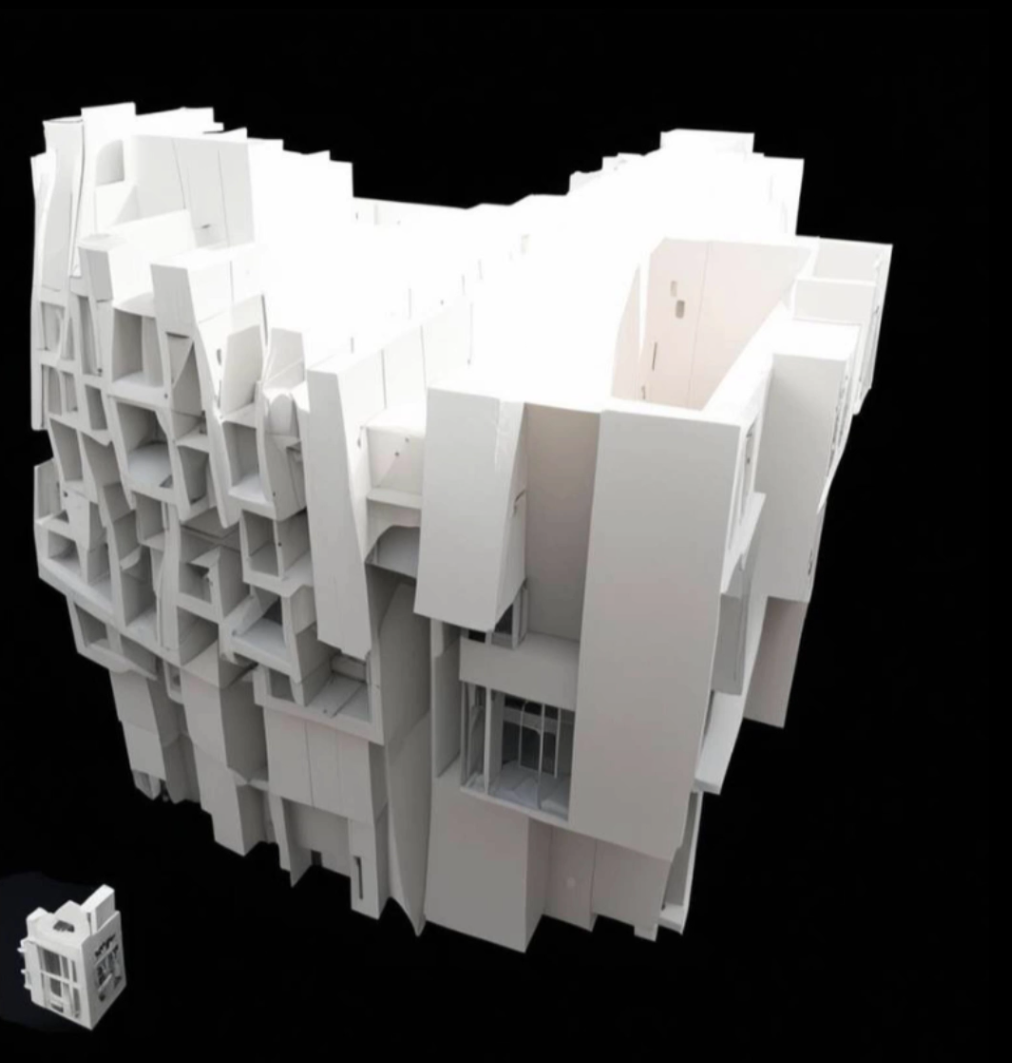
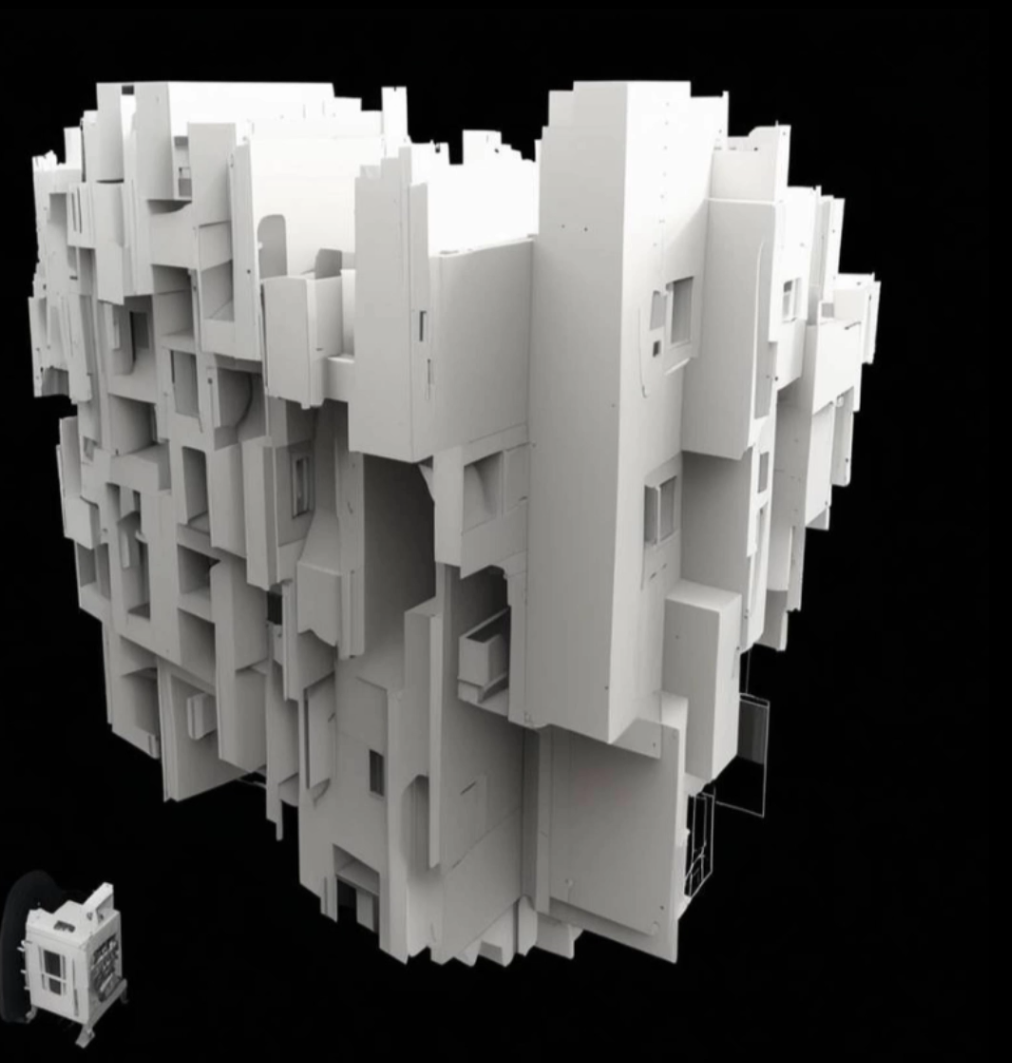
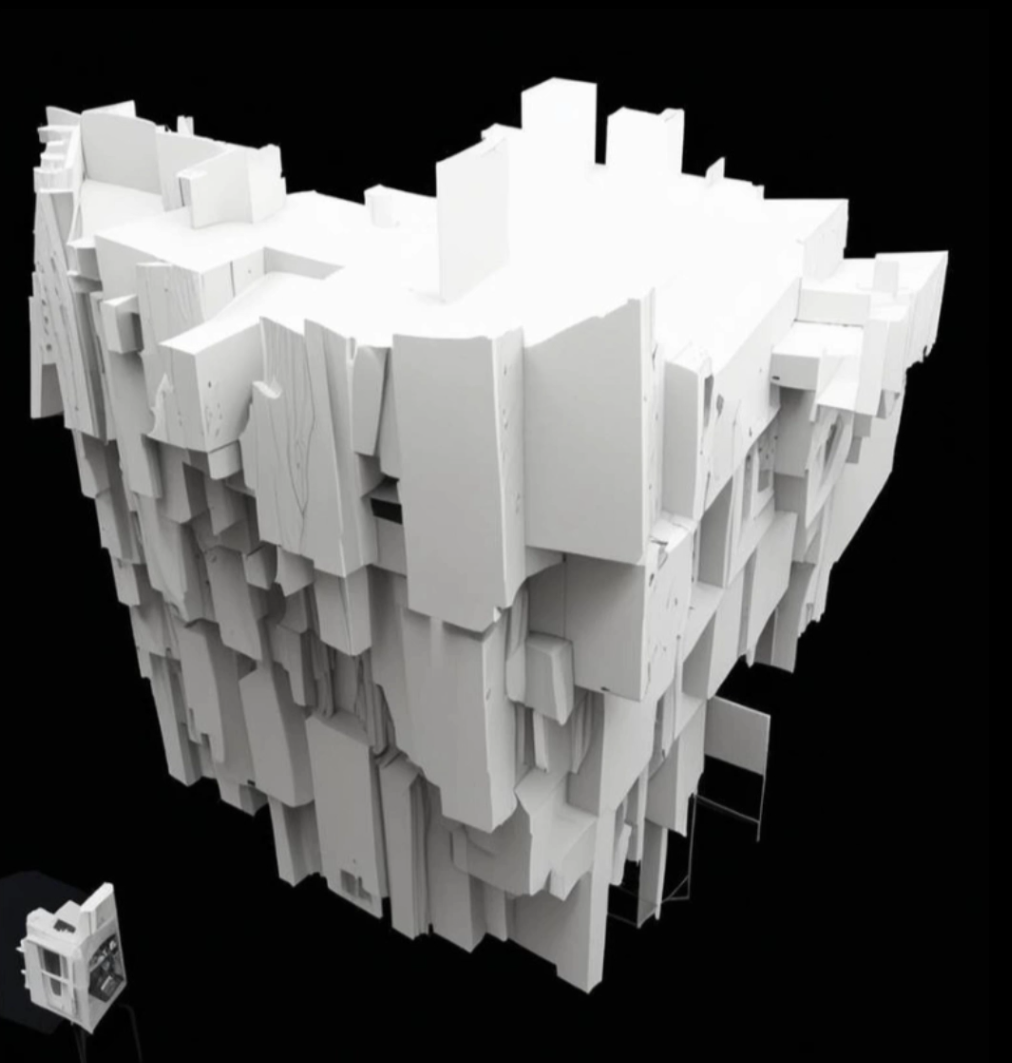
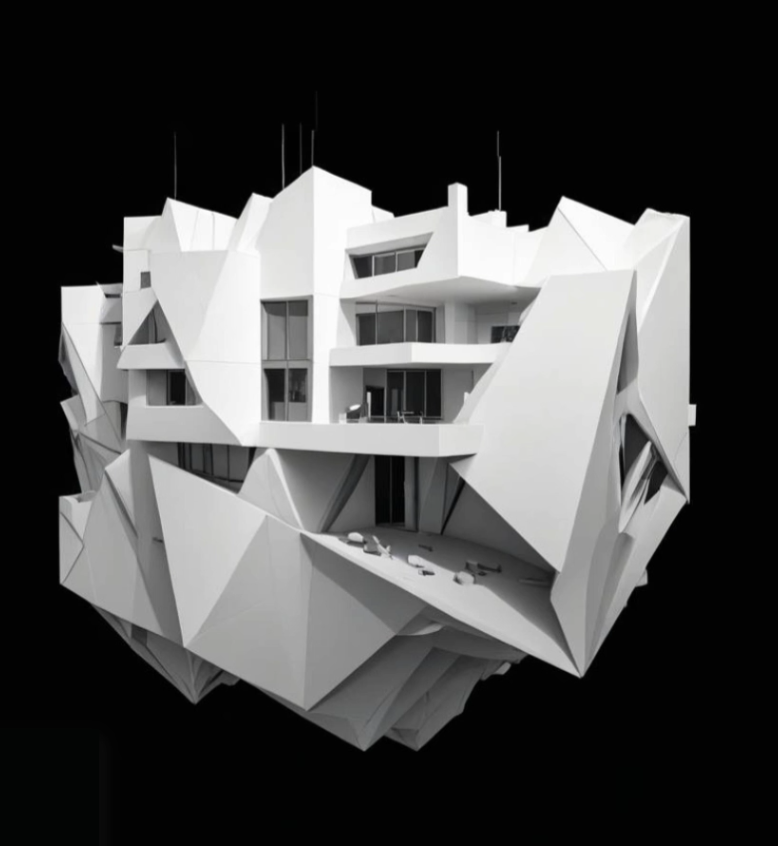
Can AI help us be creative in different ways?
«AI takes us into a parallel world, where problems aren’t solved deterministically—that is, through rational sequences like ‘if ‘ then”—but statistically, by testing infinite solutions in completely irrational and unconventional ways. A practical example: a U.S. team recently developed a new chip using deep learning systems. The circuits were incomprehensible to the human eye, but performance tests showed the chip was faster and more efficient than all rationally designed ones.
The potential of this breakthrough is massive. Now think about architecture—from redesigning a small studio flat to planning a multi-story building. Until now, every design step was based on experience, conventions, codes, and rules. With AI, we could generate never-before-seen forms and layouts that are far more functional by processing huge amounts of data simultaneously. The true creativity of AI lies in this switch—from rationality to statistics. It’s an anthropological leap: abandoning logic to venture into the unknown, to discover something radically new—maybe even incomprehensible. That’s the core of the matter: AI is evolving constantly, and it’s incredibly difficult to keep pace».

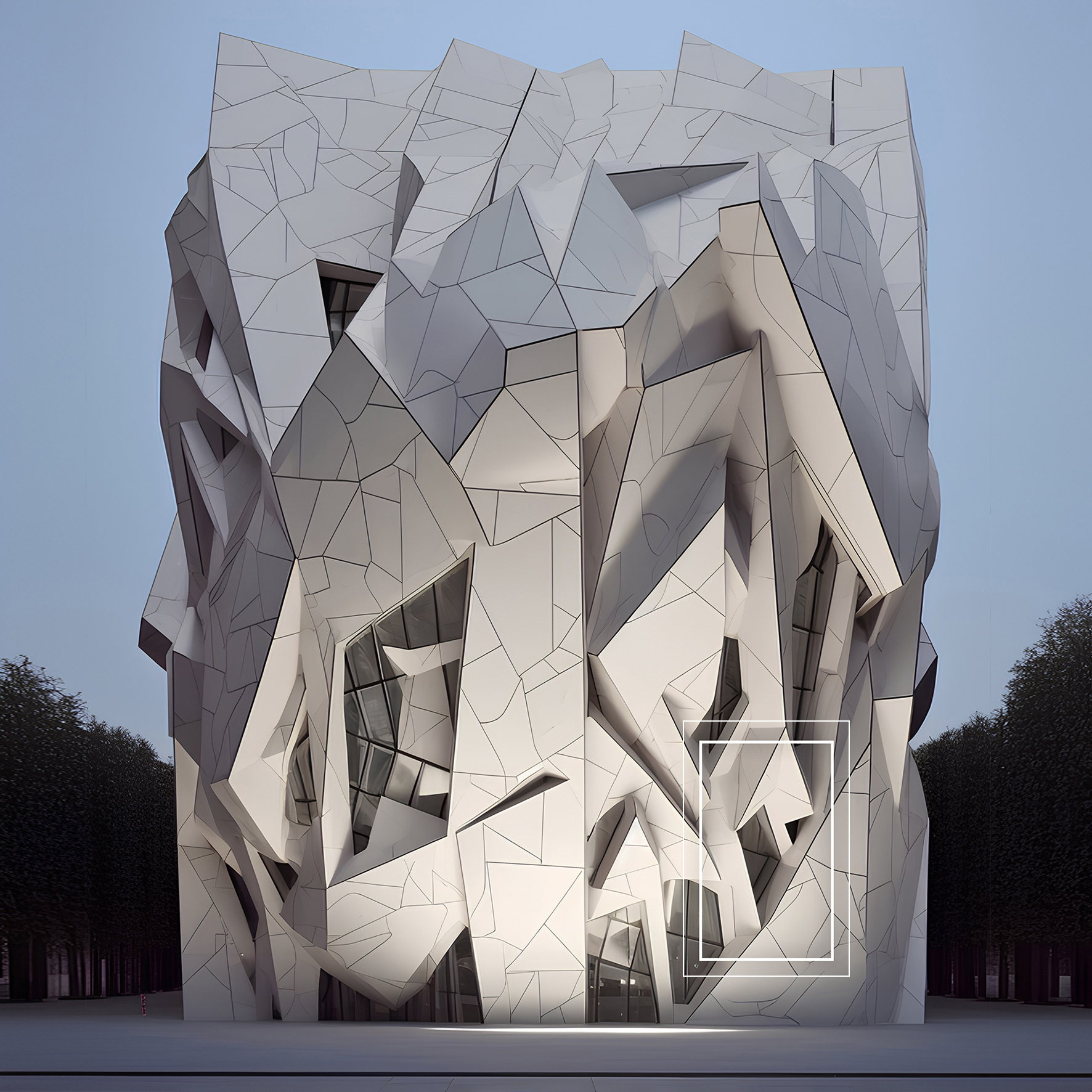

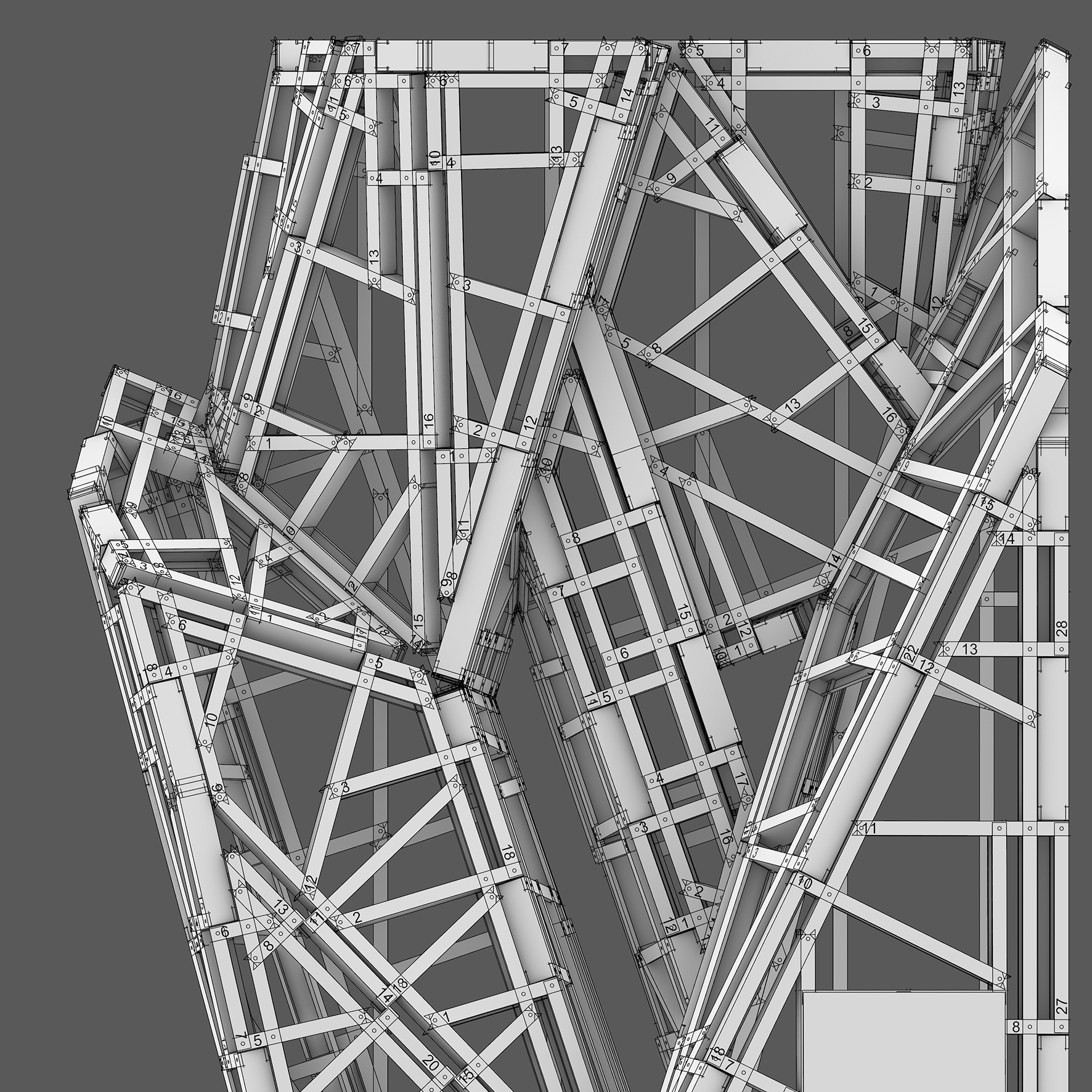
What are some practical applications of AI tools?
«Right now, we’re like kids playing—AI is still experimental, even embryonic.
Its current impact is limited, but that could change dramatically within a few years. The biggest advantage so far is how it shortens the time from product conception to realization. Traditionally, a client shares their vision, a briefing is done, hand sketches are drawn, and then transformed into 3D models—one of which is selected.
It’s a costly workflow that reduces pure creativity to just 3–5% of the process, reserving most of the time for execution. AI, as I mentioned, can generate infinite solutions instantly and at no cost. In the near future, we could train AI to respond to specific needs, turning thoughts into objects.
That doesn’t mean our brains will atrophy. Quite the opposite: We’ll spend more time thinking and reflecting on ideas, while the creative act becomes automatic. And the final choice—the best and most fitting solution—will always remain human, based on culture, market knowledge, and necessity. AI could also help optimize material use, performing advanced structural calculations to build with fewer resources. The resulting buildings might look complex, but be incredibly functional.
The Polytechnic University of Milan is already researching how AI could suggest new molecular combinations to create lighter, more flexible, more sustainable materials. When AI becomes part of daily life, we’ll gain more time to think, to focus on storytelling, to reflect.
We’ll be forced to deeply analyze our ideas—to see whether they truly hold up».
